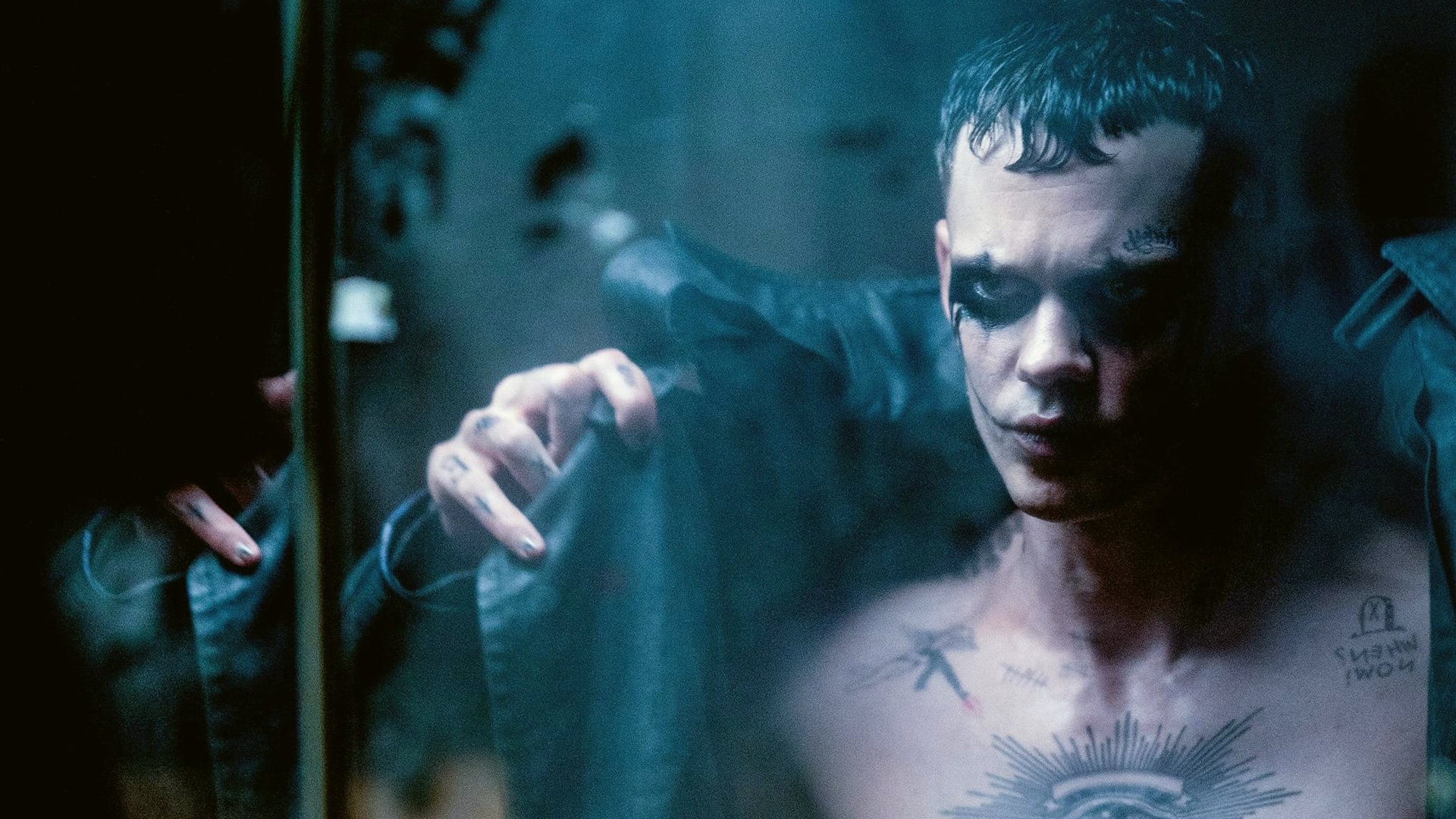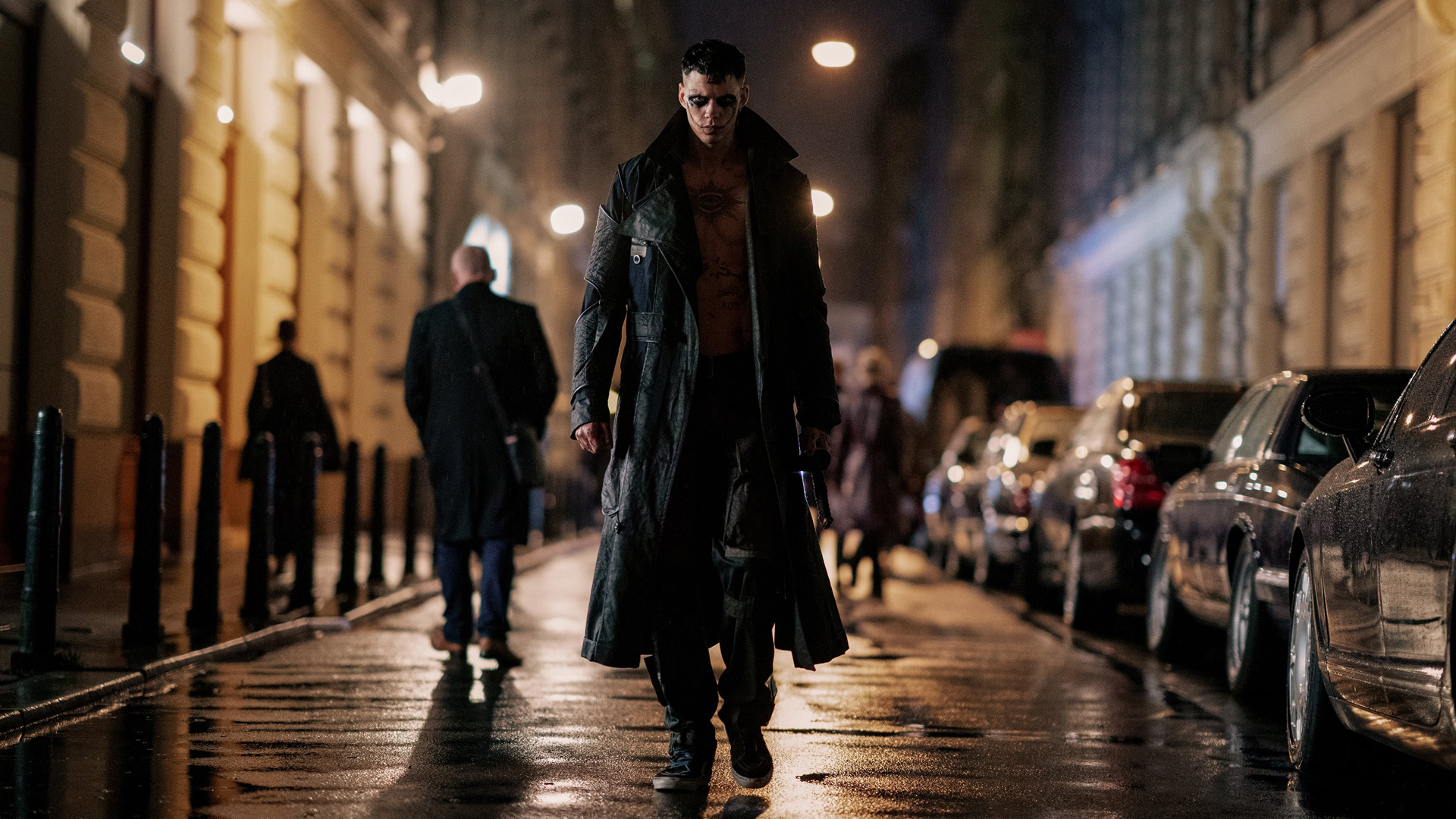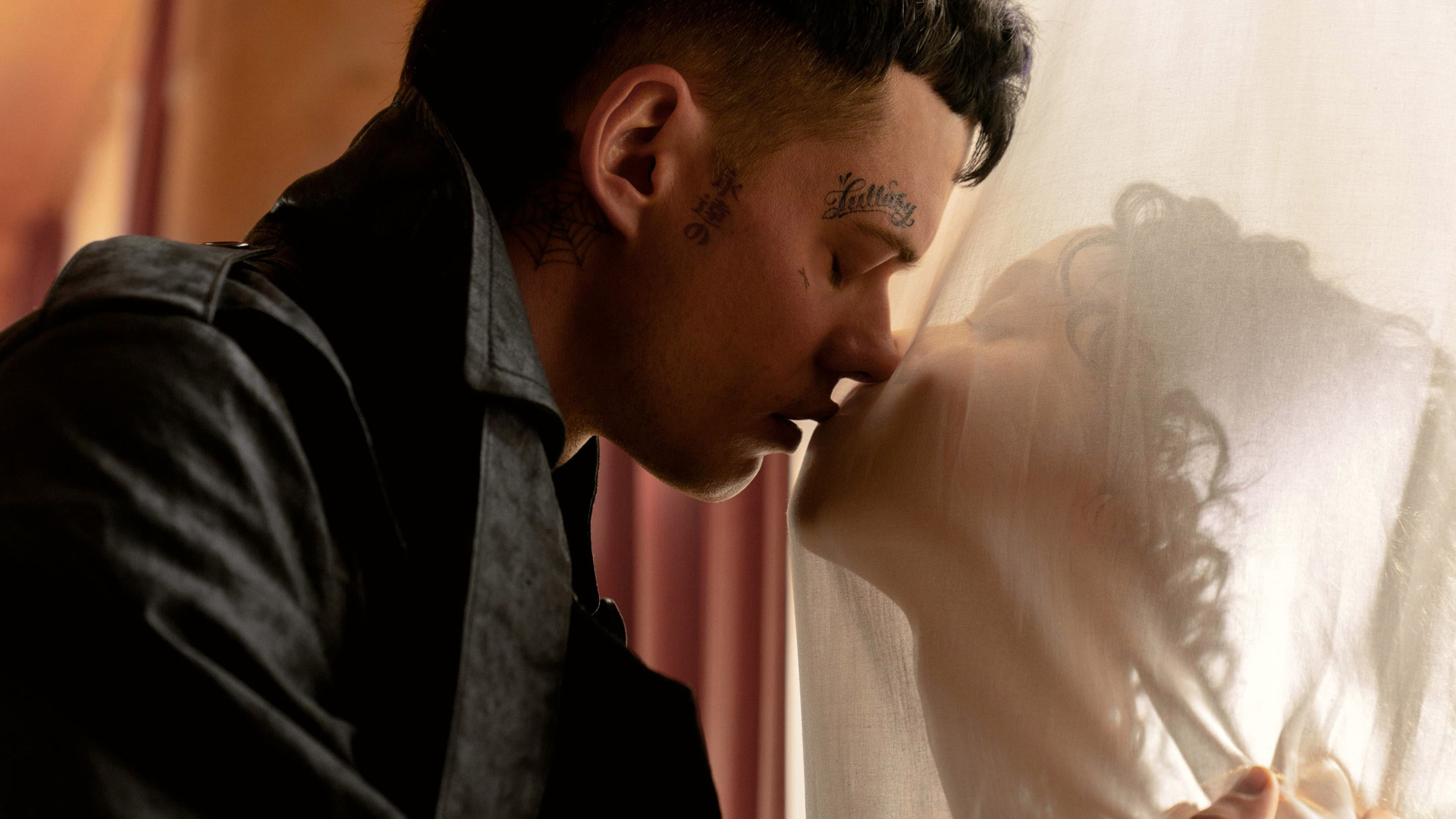No version of The Crow has been boring—until now

Bill Skarsgård comes back from the dead to avenge girlfriend (and himself) in The Crow. This new take on the gothic action icon succeeds in differentiating itself from its predecessors – and fails at almost everything else, Travis Johnson writes.
James O’Barr’s original comic, an attempt to process and articulate the tragic death of his fiancée, is a cult classic. So too is the 1994 film adaptation by Alex Proyas, hallowed by the on-set death of star Brandon Lee. The film begat three sequels and a one-season TV series, all of them dreadful to varying degrees.
All have their flaws – yes, even the book, even Proyas’ film – but to date no version of The Crow has been boring.
Ah, well, it was a good run.
This – remake? Reimagining? New adaptation? – has been gestating for 16 years, with a staggering number of actors, directors and writers coming and going. You have to wonder what Nick Cave’s script brought to the table, or whether amiable hunk Jason Momoa would have cut the mustard under the greasepaint. Still, at one point Mark Wahlberg was tapped to play the central character, so bullet dodged, I suppose.
The bullet that hit us is directed by Rupert Sanders, on paper not a bad fit when you consider the stylised visuals of Snow White and the Huntsman and Ghost in the Shell. Bill Skarsgård is our tragic hero Eric (no Draven here, just like the comic) slain alongside his lover, Shelly (FKA Twigs) and resurrected to wreak vengeance on their murderers. The general gist remains the same, everything else is different.
And top marks for not simply following the path already mapped, but the route taken is a long and plodding one. The metaphysics now are clunky and complicated, with Eric’s mission explained – repeatedly – to him and us by Kronos (Sami Bouajila), a nebulous supernatural agent new to the story: kill those who killed him and save Shelly’s soul from hell. Why is Shelly damned? It’s something to do with Danny Huston’s seemingly immortal business mogul, Vincent Roeg.

But in between Eric’s resurrection and the film’s climax is an interminable slog as Eric runs down some allegedly key evidence that he simply doesn’t need – he knows the assignment already. The film’s middle stretch seemingly exists to put some air between the opening and closing credits, and we spend a lot of time with Eric moping around and either refusing the call to action or doing a little amateur detective work – The Only Murdered Guy in the Building. It’s a genuinely baffling choice, and wildly uneven pacing suggests some panic in the editing room. By the time Eric, here a flash-tattooed addict wracked with childhood trauma, is in make-up-and-long-coat massacre mode, it’s too little, too late, despite some impressively gory action.
Which is a shame, because the opening act is a genuinely interesting take, spending time to establish Eric and Shelly’s relationship, instead of leaving the latter as a motivating cipher. Sure, it’s adolescent “true love” malarkey, but so was the first film, and we ate that up with a spoon.

And perhaps a younger cohort might, too. You could argue that there’s a gulf between what appeals to the current target audience and what the folks who saw the ’94 flick on first release call cool, and I’m in the latter camp. Certainly, this film’s dirtbag gothic stylings seem to align with the likes of Post Malone, Pete Davidson, and countless Soundcloud rappers. Ageing Gen-Xers carping on about the poor tastes of the current youth is not a good look. There’s an outside chance this is another cult classic to be.
Still, I doubt it, and I can’t recommend it. A scattering of interesting choices and slick visuals can’t compensate for The Crow’s leaden pacing, forgettable villains, and scant action. Forget any notion of this reiteration sullying the original – that ship sailed in 1996 with the first sequel. This bird’s cardinal sin is that it’s dull.




















